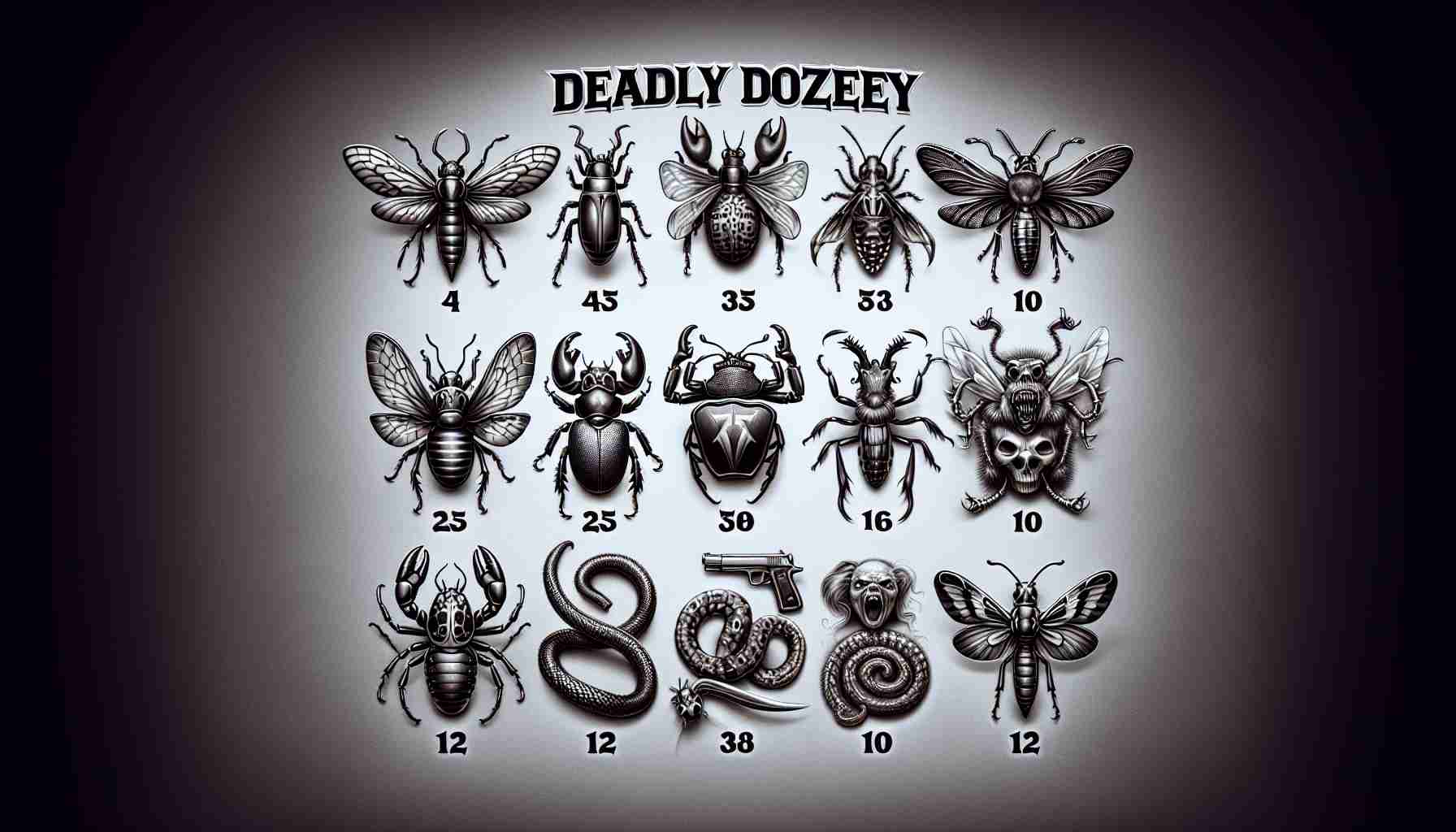“Deadly Dozen” is a commonly used term for a list of twelve extremely dangerous substances, toxins, or pathogens that possess the potential to cause severe harm or death to organisms, including humans. This article aims to provide valuable insights into the characteristics and risks associated with the “Deadly Dozen.” Additionally, it includes frequently asked questions (FAQs) regarding these deadly substances.
Definition:
- Deadly Dozen: A term used to describe twelve hazardous substances capable of causing significant harm or death to living organisms.
- Pathogens: Microorganisms, such as bacteria, viruses, or fungi, that cause diseases.
- Toxins: Poisonous substances produced by living organisms, including animals and plants.
The Deadly Dozen:
- Botulinum Toxin: One of the most potent neurotoxins known, derived from the bacteria Clostridium botulinum.
- Alpha-Cobratoxin: A neurotoxin found in the venom of specific cobra species.
- Dioxin: Highly toxic chemicals that are byproducts of industrial processes and waste incineration.
- Sarin: A lethal nerve agent developed initially as a chemical weapon, impacting the nervous system.
- Anthrax: An infectious disease caused by the spore-forming bacterium Bacillus anthracis.
- Ricin: A highly toxic protein extracted from the seeds of the castor oil plant.
- Plutonium: A radioactive chemical element that is highly toxic and can lead to cancer if ingested or inhaled.
- Polonium-210: A highly radioactive element emitting alpha particles, extremely toxic if ingested or inhaled.
- Sodium Cyanide: A highly poisonous compound that disrupts the body’s ability to utilize oxygen.
- Strychnine: A potent neurotoxin affecting the central nervous system, commonly employed in rodent control.
- Tetrodotoxin: A powerful neurotoxin found in the organs of certain pufferfish species.
- VX: A potent nerve agent interfering with the transmission of nerve impulses.
FAQ (Frequently Asked Questions):
Q: What makes these substances so dangerous?
A: The substances listed as the “Deadly Dozen” are highly toxic, lethal even in small quantities, and capable of causing severe harm or death to living organisms.
Q: How can one come into contact with these deadly substances?
A: Contact with these substances can occur through various means, including ingestion, inhalation, or direct skin exposure.
Q: Are there any antidotes or treatments available for these substances?
A: Some of these deadly substances have specific antidotes or treatment options available; however, the availability and effectiveness of these treatments may vary. If exposed to any of these substances, seek immediate medical assistance.
Q: Who handles these dangerous substances?
A: The handling of these deadly substances is strictly regulated and primarily conducted by specially trained professionals such as researchers, scientists, or government agencies responsible for public safety.
Sources:
- World Health Organization – https://www.who.int/
- Centers for Disease Control and Prevention – https://www.cdc.gov/
- Environmental Protection Agency – https://www.epa.gov/
This article provides an overview of the “Deadly Dozen” list, describing twelve substances that pose significant risks to living organisms. While the information shared here is based on reporting, research, and insightful analysis, it is important to consult credible sources for more detailed and up-to-date information on these deadly substances.
The source of the article is from the blog guambia.com.uy
